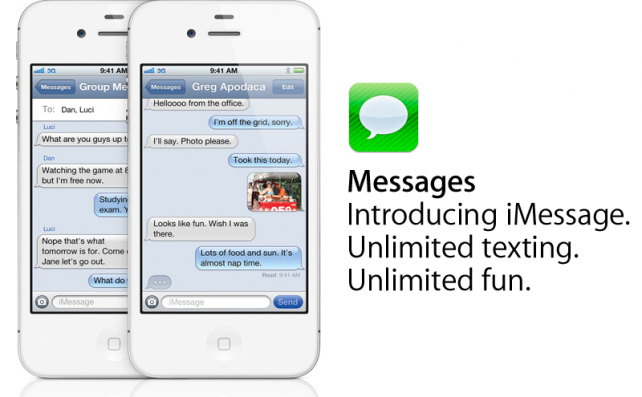
Apple, the second largest smartphone vendor, is addressing a long-running problem with its private messaging platform iMessage, which enables free messages between iPhones and iPads. Switching platforms from Apple's iOS to Android, Windows Phone or BlackBerry was somewhat tricky. But the Cupertino tech giant is finally making the transition simple with a new tool that deactivates iMessage on iPhone even without user's access to the old device.
The new tool comes in handy in various situations, especially when iPhone owners shift to a non-iOS smartphone and access to the old handset is no longer available. Turning in old handsets before upgrading to a new phone is a norm across almost all smartphone users. With major carriers in the U.S. offering better deals on trading in older devices, it makes it difficult for customers to get their hands on an old iPhone in order to navigate through the settings to turn off iMessage.
Previously, Apple iPhone users who failed to deactivate iMessage were the victims of so-called "iMessage purgatory." Apple's iMessage system failed to recognize users even after they switched to a different platform. As a result, all the messages were sent to Apple's messaging server instead of the SIM number, CSI Monitor reported. The only solution was to deactivate iMessage by going into the iPhone's Messages setting.
Luckily, Apple has finally come up with a better solution. According to the company's official support website, two simple steps can free an iPhone user's phone number to receive messages from other iPhone users by deactivating iMessage remotely.
Former iPhone users simply type in their phone number and a six-digit code is sent to the new phone. By entering the code on Apple's website, iMessage will deregister itself from the phone number.
Apple encourages iPhone users to deactivate iMessage before turning in the handset by going into Settings > Messages > Turn iMessage off.









